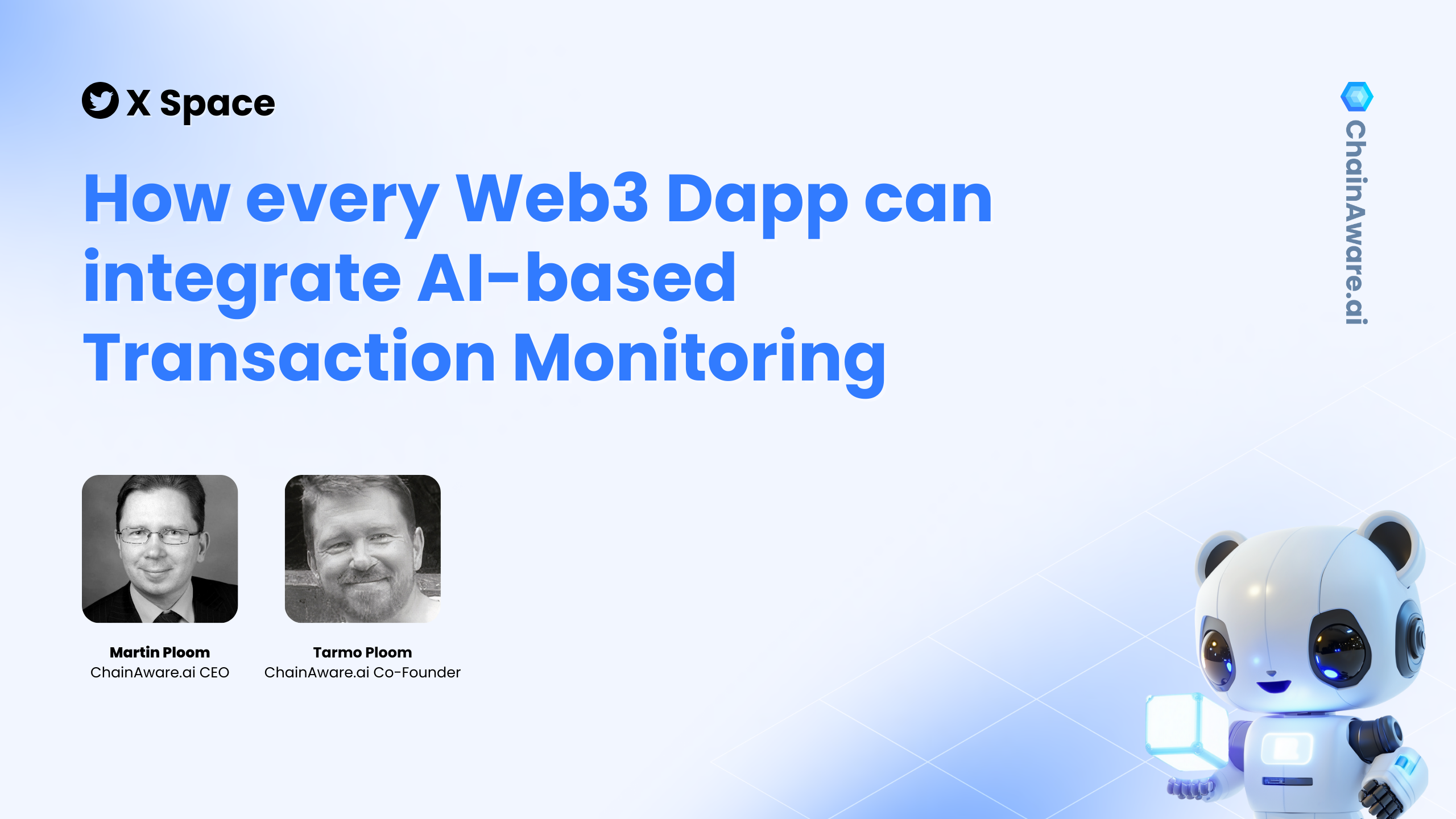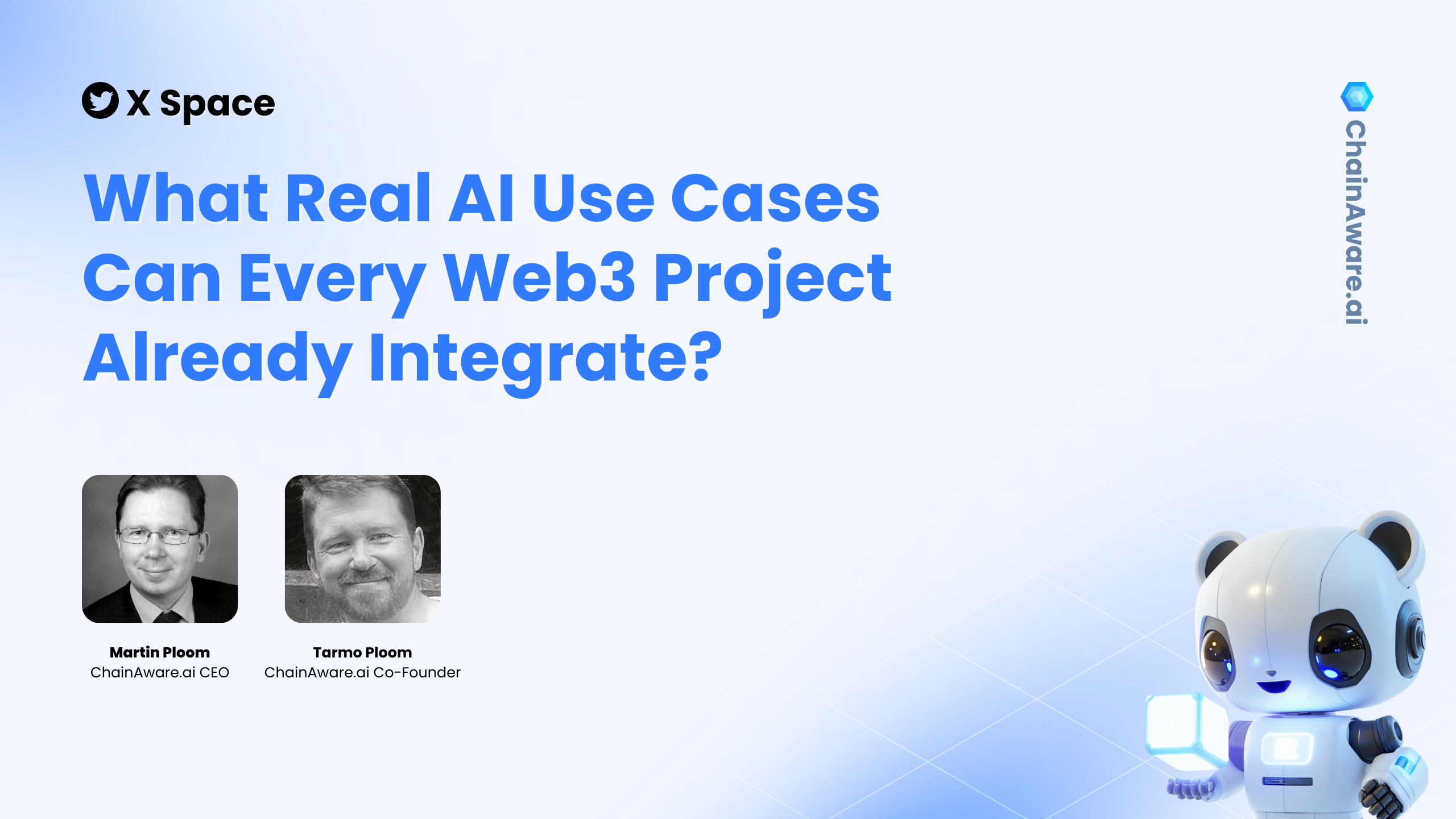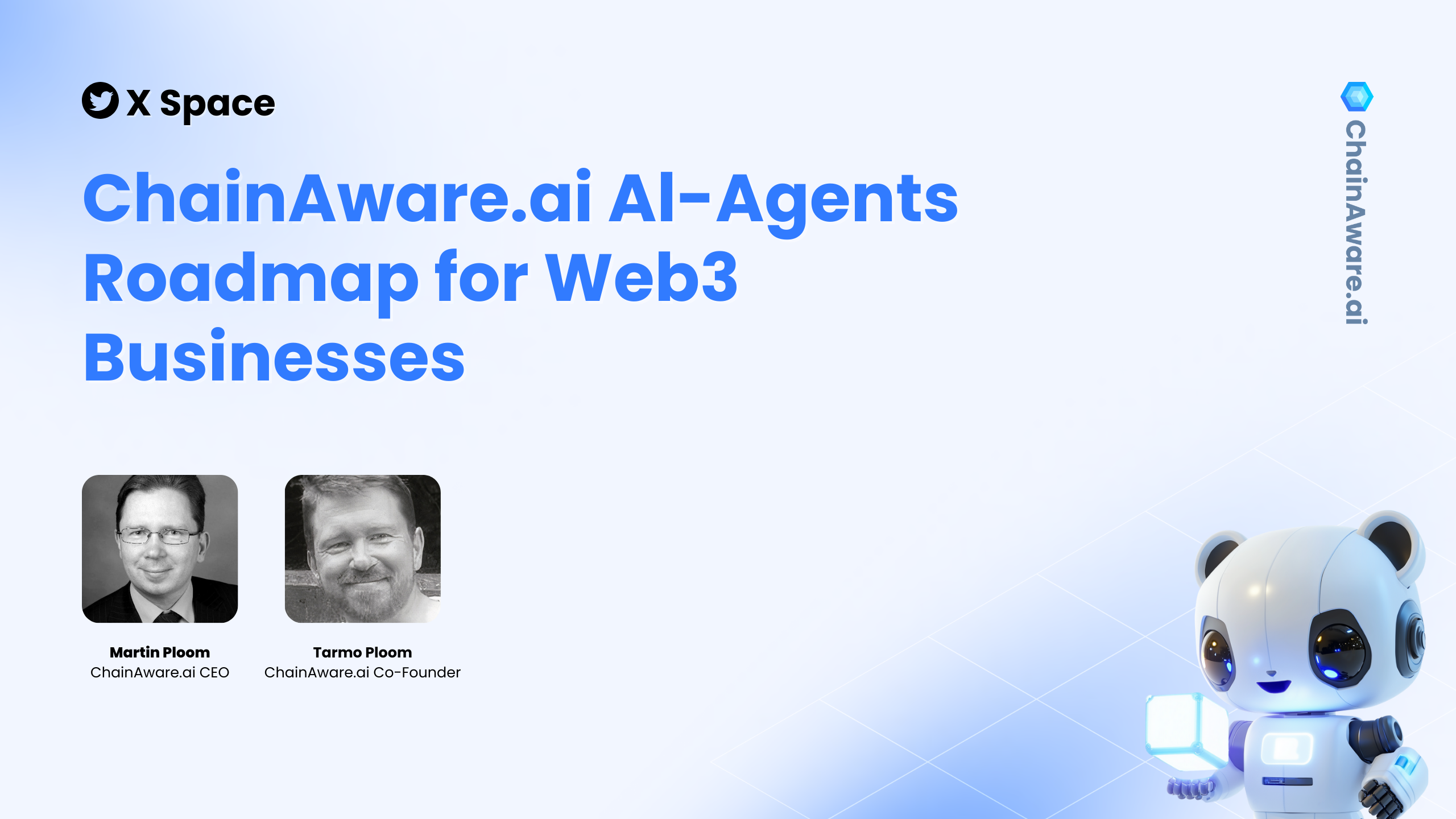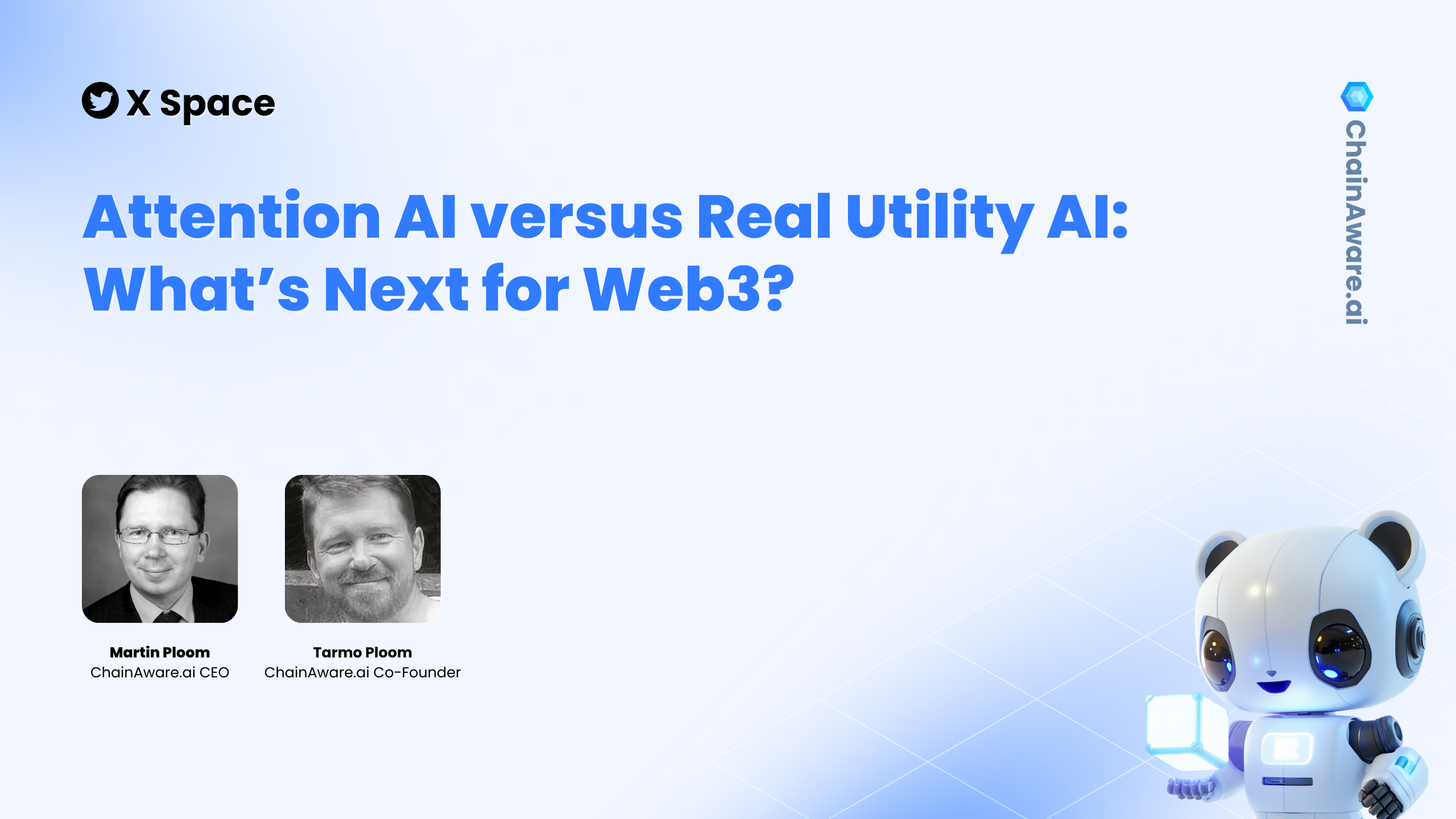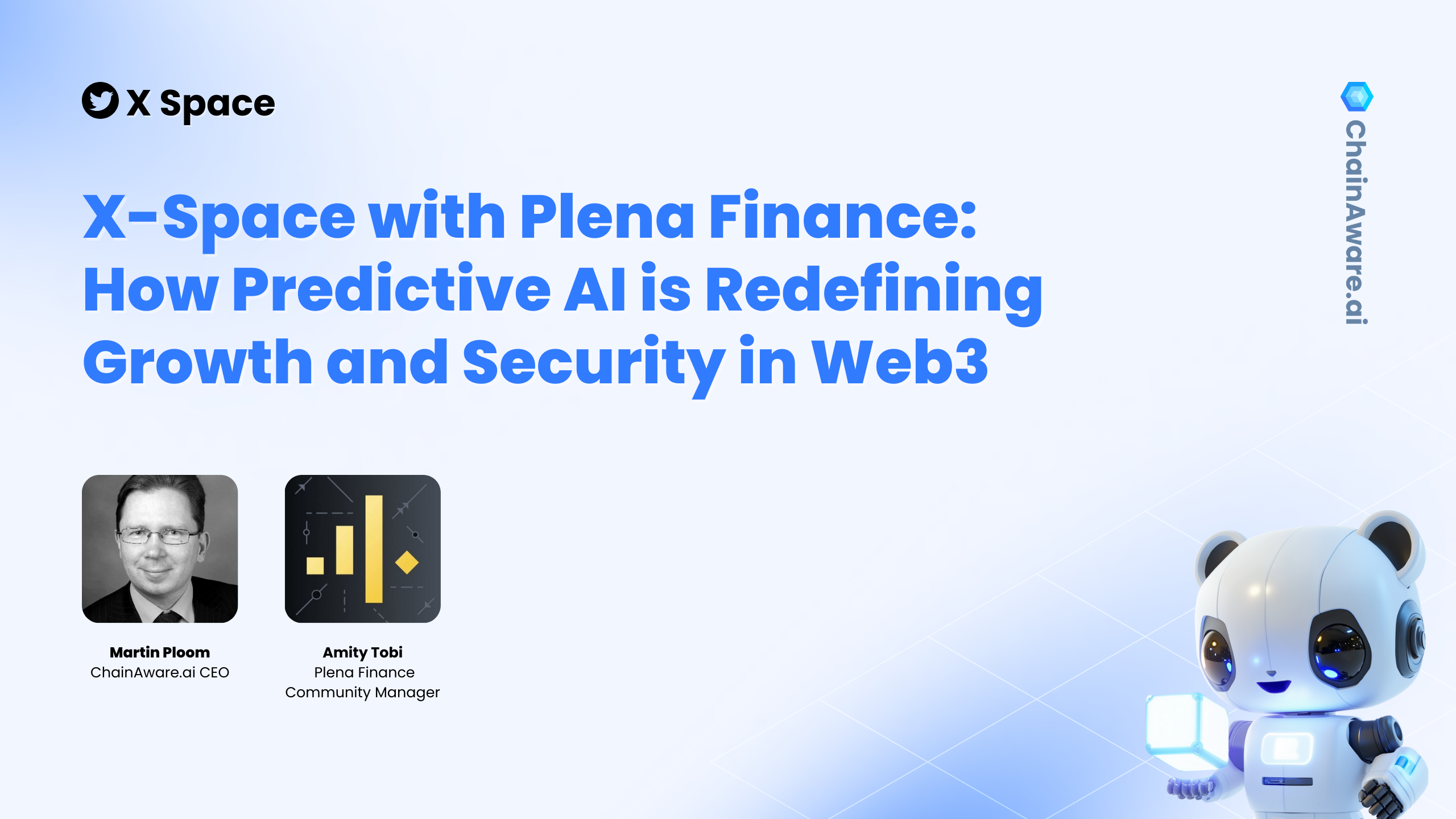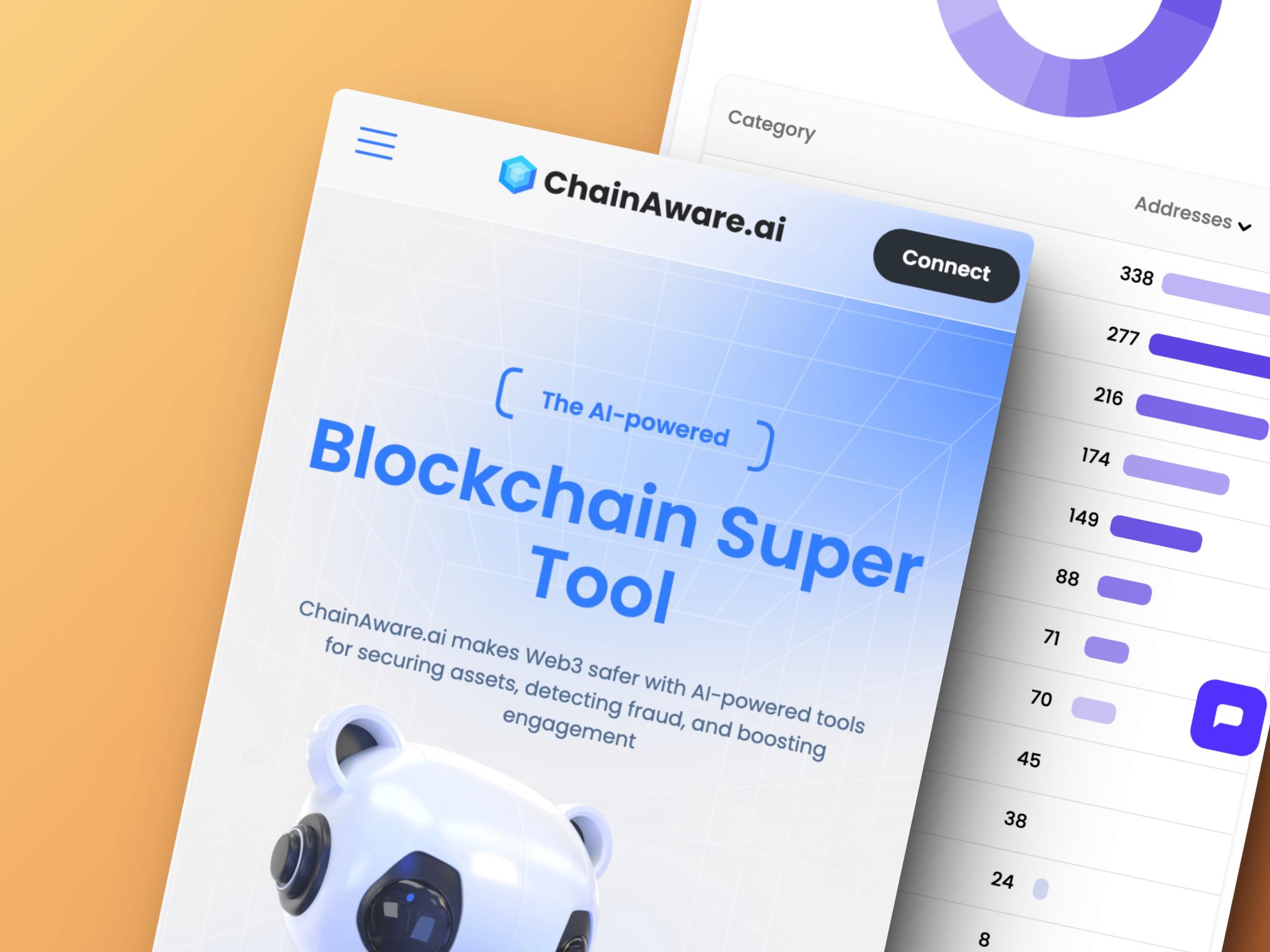Watch the full video: https://www.youtube.com/watch?v=HJo861MfqCE
1. Introduction to the Topic
The discussion focuses on how AI can contribute to restoring growth in the Web3 ecosystem. It introduces the idea that Web3 is not growing as expected, with the number of users and applications lagging behind. The main question being addressed is how AI can be used to fix this.
2. Speakers’ Background
The speakers, Martin and Tarmo, are highly qualified individuals with finance, architecture, and technology backgrounds. Their shared credentials help to establish authority and trust. Their extensive experience connects the dots between Web3 challenges and potential AI-driven solutions.
3. Understanding AI in Web3
The distinction between “using AI” and “building AI.” Many companies use pre-built AI models like ChatGPT but need to build or train their own algorithms. Real value, however, comes from building AI models tailored to specific needs, like fraud detection and transaction analysis, which ChainAware.ai is focused on.
4. AI Infrastructure in ChainAware.ai
ChainAware.ai has developed its AI infrastructure to provide services such as fraud detection and rug-pull detection. These infrastructures represent the creation of models that others can build upon, highlighting the importance of developing real AI rather than simply using existing models.
5. Current State of Web3 Growth
Although Web3 has many applications (around 30,000), only a handful generate revenue or have a positive cash flow. This leads to short-term gains and unsustainable business models (e.g., pump and dump). The industry lacks real, long-term growth.
6. Challenges in Achieving Positive Cash Flow in Web3
Web3 projects struggle with high customer acquisition and retention costs, leading to unsustainable operations. The lack of attention to customer lifetime value (CLV) and ineffective marketing strategies, often outdated, are significant barriers to positive cash flow.
7. Role of AI in Solving Web3 Growth Issues
Web2 businesses use AI extensively to reduce customer acquisition costs, improve retention, and increase cross-selling. Web3 companies are behind in this regard. AI can help Web3 companies reduce these costs by using predictive models, improving conversion rates, and increasing retention.
8. Mass Marketing vs. Intention-based Marketing
Web3 still uses mass marketing techniques, which are ineffective and outdated. In contrast, Web2 companies have transitioned to intention-based marketing, which focuses on targeting users based on their specific interests and behaviors. This personalized approach leads to higher conversion rates, and Web3 needs to adopt similar strategies.
9. Leveraging Blockchain Data
Blockchain data provides better predictive power than traditional Web2 data sources, such as search history and social media interactions. Blockchain financial transactions offer real proof of work, and this data is free and readily available to be mined and analyzed, offering a significant competitive advantage for Web3 businesses.
10. Web3 vs. Web2: The Competitive Edge
Web3 companies can gain a competitive edge over Web2 if they begin using their superior data resources more effectively. Blockchain data can provide more accurate and detailed customer insights, allowing Web3 businesses to outperform their Web2 counterparts if they adopt the right AI-driven strategies.
11. Adaptive User Interfaces
A key factor in Web3’s failure to retain users is its lack of personalized user interfaces. Unlike Web2, which offers adaptive applications tailored to user preferences, Web3’s interfaces are often too simple and do not resonate with individual users. Building adaptive interfaces that cater to specific user intentions will lead to better engagement and retention.
12. Summary and Conclusion
In conclusion, restoring Web3 growth requires a shift in business models from short-term gains to sustainable, cash-flow-positive strategies. AI can play a significant role in reducing customer acquisition costs, increasing retention, and building personalized user experiences. The solution lies in leveraging blockchain data and applying AI-driven marketing and interface design to create a competitive edge over Web2, ultimately bringing more users to Web3 platforms.

